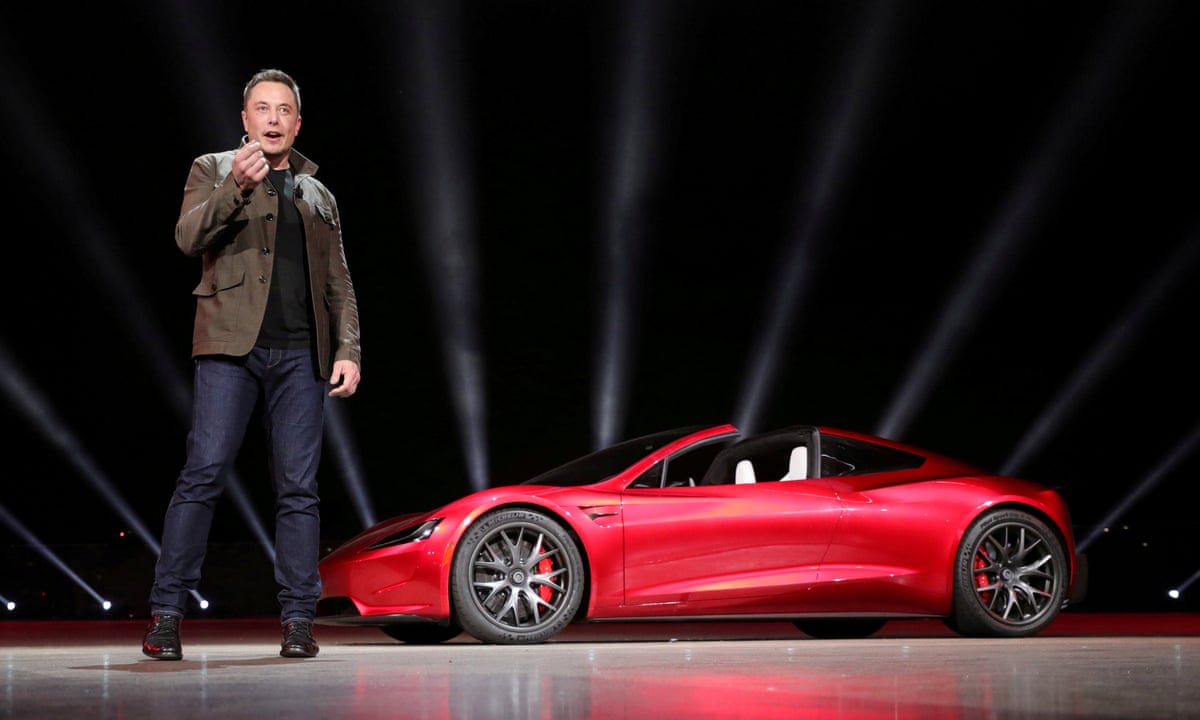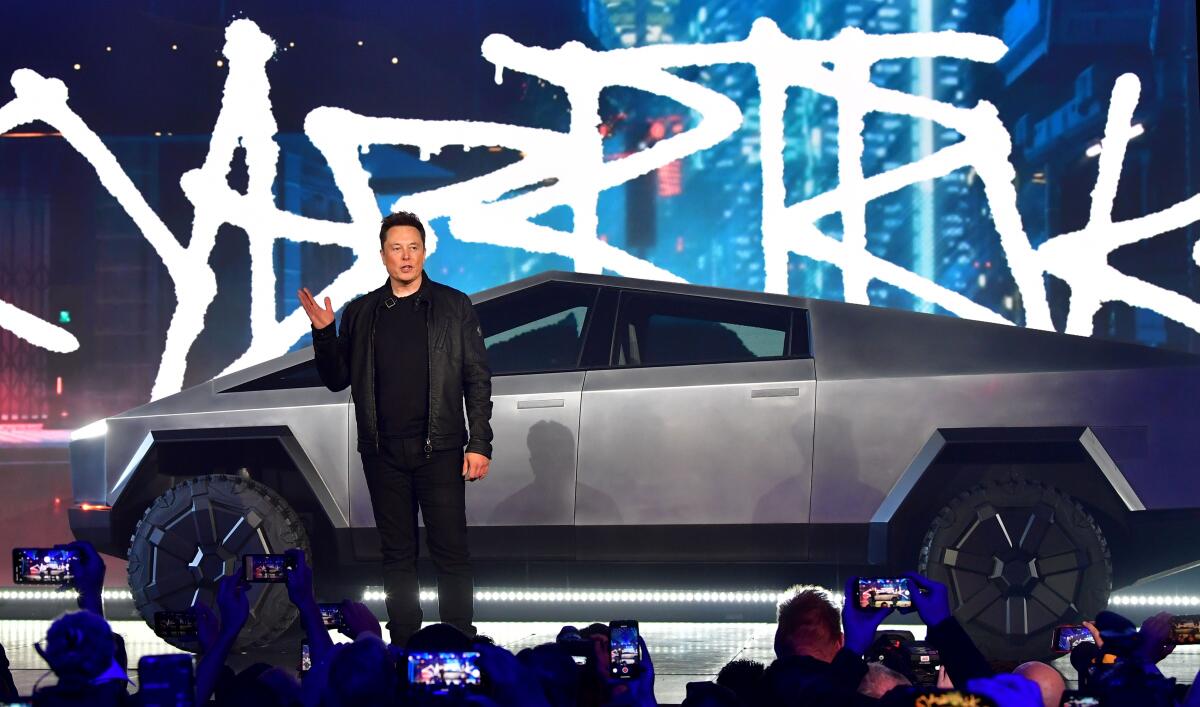
As rumors swirl around Tesla’s board of directors allegedly plotting to replace Elon Musk as CEO, a prominent voice in the investment community has stepped forward to dismantle the speculation—pointing to one staggering number that may be keeping Musk firmly in his seat: $220 billion. That is the estimated market value that could be wiped from Tesla’s already volatile stock if Musk were to exit completely, according to Gary Black, managing partner at The Future Fund LLC and a longtime Tesla bull.
The discussion erupted following a controversial Wall Street Journal report claiming that Tesla’s board had begun exploratory efforts to find a new CEO, quietly contacting executive recruitment firms as far back as March. The report cited anonymous sources and suggested that internal concerns over Musk’s increasingly divided attention—most notably his involvement in the Trump administration’s Department of Government Efficiency (DOGE)—had reached a tipping point.
Musk swiftly condemned the article as a “deliberately false” piece and a “very bad breach of ethics.” The Tesla board, through Chair Robyn Denholm, issued a public denial, stating unequivocally that the CEO was not being replaced and that the board remained confident in Musk’s leadership.

Yet even with that denial, market jitters persisted—until Gary Black took to X, formerly Twitter, to share a hard-hitting financial perspective on why such a decision would be not only unlikely but potentially catastrophic. “If Elon were to step down as CEO but stay on as Chief Technology Officer or Chief Product Officer,” Black wrote, “the stock would likely drop 5–10%. If he leaves entirely, expect a 20–25% hit.”
Given Tesla’s market cap of roughly $880 billion, that would translate to a loss of $176 billion to $220 billion—an unthinkable outcome for most boards and shareholders.
Black’s analysis cuts to the heart of Tesla’s unique dependency on its CEO. Unlike most Fortune 500 companies where the executive team can operate autonomously from the founder, Tesla is inextricably tied to Musk’s identity.
He is not just the CEO—he is the brand, the visionary, the risk-taker, and the driver of future product lines that have become central to Tesla’s valuation. The company’s multi-billion-dollar bets on robotics, AI, autonomous vehicles, and energy storage are all rooted in Musk’s aggressive and often controversial approach to innovation. To remove him would be to sever the narrative thread that has pulled investors along for more than a decade.

Indeed, Black’s intervention is not just about market math—it’s about the psychology of confidence. Institutional investors, retail shareholders, and Tesla’s loyal customer base view Musk as an irreplaceable asset. His name alone drives media cycles, defines product launches, and anchors speculative valuation on future technologies not yet in mass production.
Without him, Tesla would likely be revalued like any other automaker—and that’s a scenario no shareholder wants to entertain.
That sentiment was echoed by Dan Ives, managing director and senior equity analyst at Wedbush Securities. Ives, another longtime Tesla bull, stated Thursday that Musk would likely remain CEO for “at least the next five years,” describing the current tension not as an imminent coup, but perhaps a “warning shot” from the board—a way to signal that distractions need to be curbed and focus needs to return to core operations.
The underlying message: clean up the chaos, or risk institutional unrest.
The stakes couldn’t be higher. Tesla’s Q1 2024 earnings revealed a staggering 71% drop in net income, falling from $1.4 billion in the same period last year to $409 million. Revenue dropped 9% year-over-year, and Tesla’s stock has plunged 25% since Trump’s inauguration, reversing nearly all post-election gains.
Compounding the damage are widespread boycotts and acts of vandalism targeting Tesla vehicles, largely tied to Musk’s political alignment with Trump and his controversial leadership at DOGE.
In such a volatile context, removing Musk—even if seen as strategically beneficial—would risk triggering a shareholder revolt. Analysts suggest that even speculation around Musk’s role causes waves; the reality of his departure could cause a tsunami.
Musk, for his part, has maintained a defensive stance. In addition to lashing out at the Wall Street Journal for its reporting, he reaffirmed during Tesla’s recent earnings call that he plans to reduce his time at DOGE and refocus on the automaker.
While he admitted he will still spend “a day or two per week” at the government agency, the message was clear: he is not walking away from Tesla anytime soon.
But skepticism remains. Musk’s growing empire—including SpaceX, Neuralink, X, and xAI—demands increasing amounts of his time and attention. Internally, questions are emerging about how long he can continue to juggle so many ventures without compromising Tesla’s stability.
:max_bytes(150000):strip_icc()/GettyImages-1228322816-5ddf25cc88d241e895d6759b144e662e.jpg)
Some observers speculate that Musk may eventually take a reduced role, such as Chief Product Officer, to stay involved without shouldering the full burden of CEO responsibilities.
That’s the scenario Gary Black hinted at—a semi-retreat that preserves Musk’s influence and vision while delegating day-to-day operational control. Such a move would be carefully staged, possibly bringing in a trusted Musk ally like JB Straubel to serve as a visible CEO.
But even that, Black warns, would come with a price. A 5–10% hit on stock value—tens of billions of dollars—is not a small risk.
The calculus for Tesla’s board, then, becomes a matter of financial survival versus organizational stability. Firing Musk could trigger a market collapse, investor exodus, and loss of long-term confidence. Keeping him, on the other hand, means continuing to navigate the PR fallout, unpredictable media antics, and the unpredictable political entanglements that now define Musk’s broader persona.

There is also the question of succession. Tesla has never had a well-articulated or tested executive transition plan. The cult of Musk has been so deeply embedded in the company’s DNA that removing him could leave a leadership vacuum.
In high-growth, high-innovation tech companies, such transitions are delicate, often requiring years of grooming and narrative control to be successful.
Ultimately, Gary Black’s message serves as a wake-up call—not to Tesla’s board, but to the market at large. Elon Musk is not just Tesla’s CEO. He is its most valuable (and volatile) asset. And unless a soft landing can be engineered with surgical precision, any sudden change in leadership risks incinerating billions in shareholder wealth overnight.
For now, all signals suggest Musk stays—and the numbers back that up. A $220 billion risk is simply too large to gamble with. The question, then, is not if Tesla can replace Elon Musk—but whether it can survive the consequences if it ever dares to try.

-1749482411-q80.webp)
-1749482120-q80.webp)
-1749483269-q80.webp)
-1747889572-q80.webp)